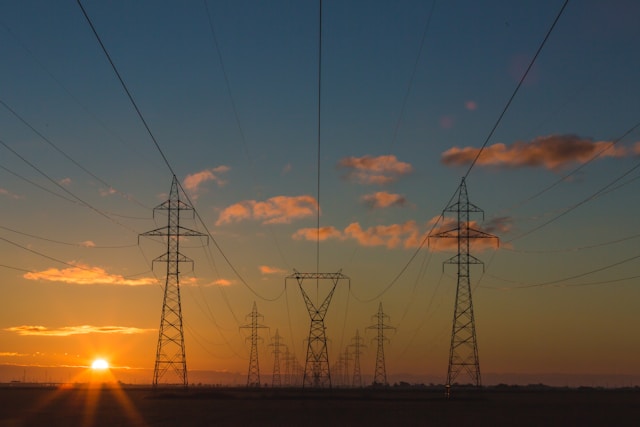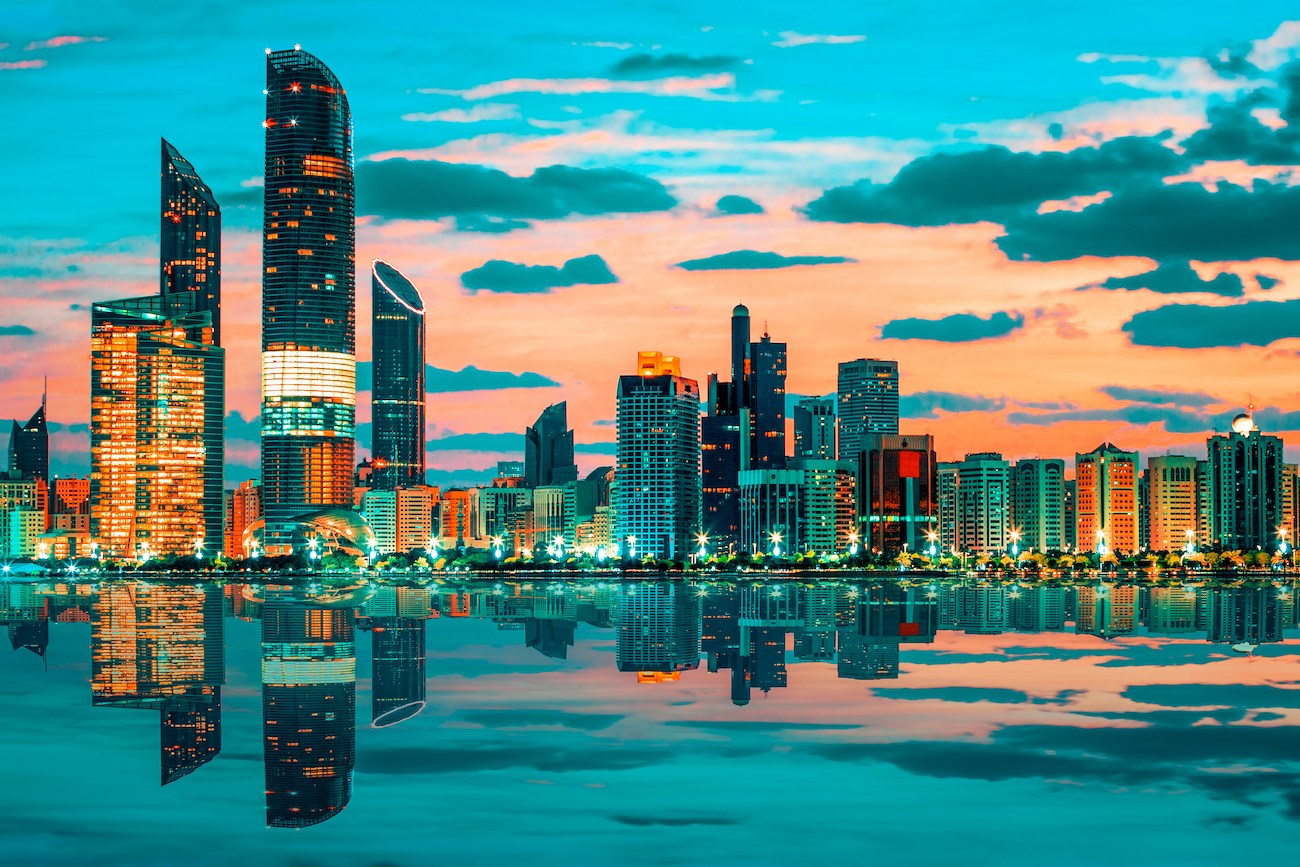
Nuclear power in the Gulf region: balancing sustainability with strategic growth
As the Gulf Cooperation Council (GCC) countries seek to diversify their energy sources, nuclear power is increasingly recognized as a crucial element in achieving sustainable energy security and supporting economic diversification. The strategic adoption of nuclear power in the United Arab Emirates (UAE) and Saudi Arabia exemplifies a broader regional trend towards balancing renewable energy developments with reliable, carbon-neutral power sources.
United Arab Emirates: a regional pioneer in nuclear energy
The UAE has emerged as a leader in nuclear energy within the region through the successful deployment of the Barakah nuclear power plant, which now contributes around 25% of the nation’s electrical needs. This facility not only underscores the UAE’s commitment to significant carbon footprint reduction but also demonstrates advanced safety and efficiency standards in nuclear technology. Furthermore, the UAE is extending its nuclear strategy beyond national borders by fostering international collaborations aimed at exporting nuclear technology and expertise, thereby reinforcing its standing as a global innovator in nuclear energy solutions. Finally, after the successful startup of all Barakah’s units, the government is planning to start a new tendering phase, potentially allowing the construction of a new 4-unit nuclear power station, near the Saudi border.
In addition to enhancing its domestic energy capabilities, the UAE is actively integrating artificial intelligence and other cutting-edge technologies into its nuclear operations. This approach boosts operational efficiency but also enhances safety protocols, setting new standards for nuclear power plants worldwide. The UAE’s forward-looking nuclear initiatives reflect its broader ambitions to serve as a hub for technology and sustainable development, leveraging its nuclear expertise to foster regional and global energy stability.
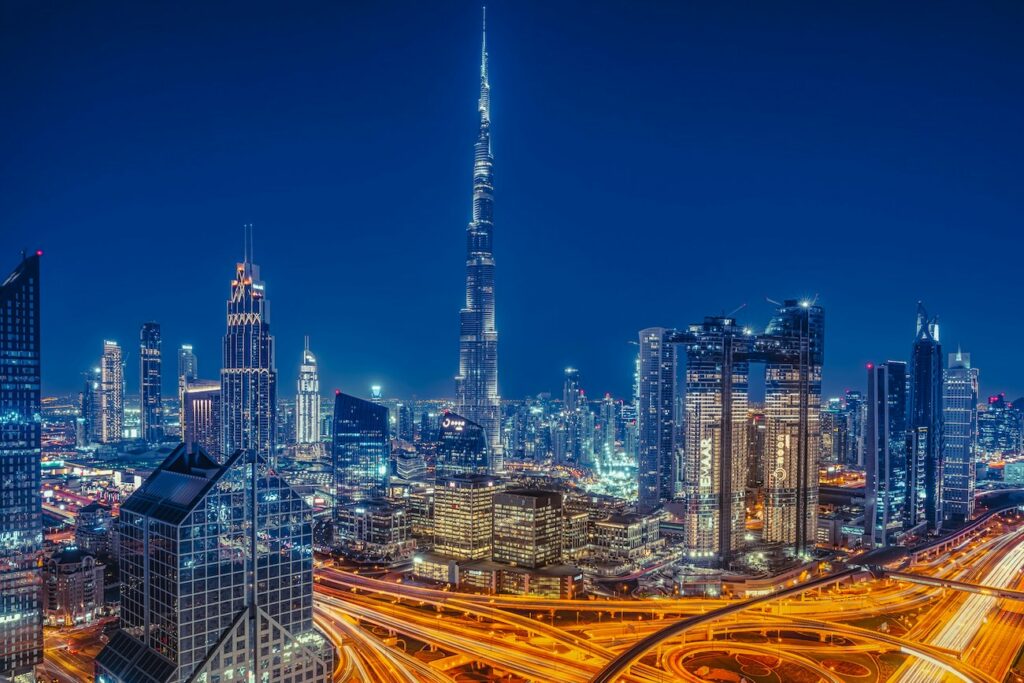
Saudi Arabia: complex ambitions in nuclear development
Saudi Arabia’s approach to nuclear energy is shaped by its dual goals of reducing oil dependency and countering regional nuclear advances, notably Iran’s nuclear program. The kingdom’s vision includes the construction of the Duwaiheen nuclear power plant, which is central to its Vision 2030 economic diversification efforts. However, the development of nuclear capacity in Saudi Arabia involves navigating a labyrinth of geopolitical, regulatory, and safety challenges that influence both the pace and the scope of its nuclear projects.
Saudi Arabia’s nuclear strategy also entails leveraging its energy resources to enhance political and economic leverage in the region. By positioning nuclear power as both a strategic and an energy resource, Saudi Arabia aims to strengthen its regional influence and ensure long-term energy security. The kingdom’s ongoing negotiations and international partnerships underscore its intent to develop a regulated, safe, and highly capable nuclear infrastructure that aligns with global non-proliferation norms.
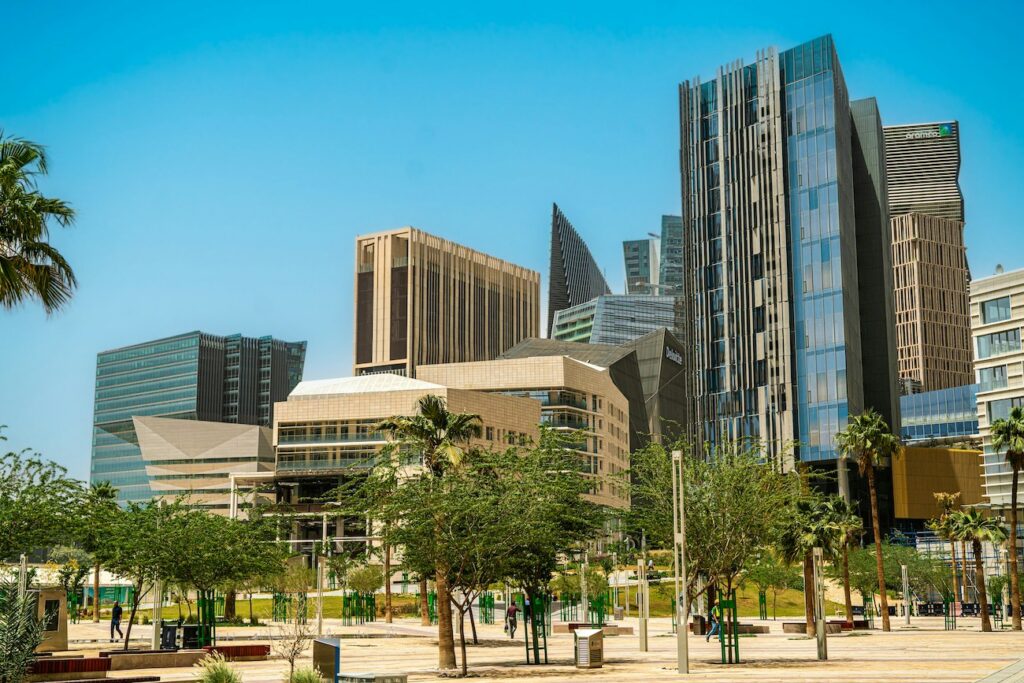
Kuwait: exploring nuclear options amid environmental commitments
Kuwait has increasingly acknowledged the potential of nuclear power in meeting its future energy needs and achieving its environmental goals. Collaborative studies with international bodies like the International Atomic Energy Agency are exploring the feasibility of integrating nuclear power into Kuwait’s energy landscape. Although Kuwait has yet to commit to constructing nuclear power facilities, it is actively considering how nuclear technology could support its ambition to reduce carbon emissions and diversify energy sources.
Public forums and strategic discussions in Kuwait are evaluating the societal and economic impacts of adopting nuclear energy. The country’s consideration of Small Modular Reactors (SMRs) highlights its interest in adopting flexible, scalable nuclear solutions that could complement its existing energy infrastructure and renewable energy projects. Kuwait’s careful approach aims to ensure any future deployment of nuclear technology aligns with public safety expectations and international regulatory standards.
Qatar: integrating nuclear technology for diverse applications
Qatar is enhancing its national energy strategy by incorporating nuclear technology to address broader public health and environmental challenges. These projects demonstrate the commitment to leveraging advanced technology to improve national health standards and manage environmental challenges effectively.
Qatar’s proactive nuclear policy extends to international relations, particularly its advocacy for stringent nuclear safety and non-proliferation standards in the region. Its collaboration with the IAEA enhances Qatar’s commitment to nuclear technology and safety, aligning with its broader goals of sustainability and regional leadership in energy innovation. This broad application of nuclear technology underscores Qatar’s vision of using advanced energy solutions to support its development and regional leadership aspirations.
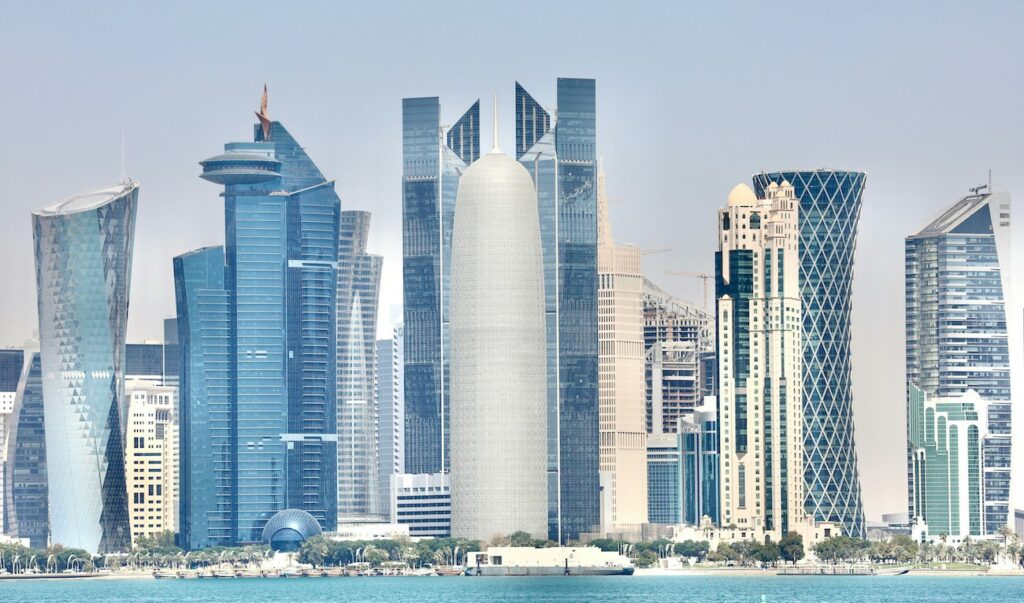
Oman: diversifying energy through nuclear initiatives
Oman is actively exploring the integration of nuclear energy into its national power grid as part of a comprehensive strategy to diversify energy sources and enhance environmental sustainability. The country’s recent move to secure IAEA approval for nuclear projects reflects its commitment to adopt international best practices and safety standards in nuclear energy usage. These projects, aimed at both power generation and scientific research, demonstrate Oman’s broader goals of energy security and environmental stewardship.
Additionally, Oman’s focus on renewable energy integration, alongside nuclear development, highlights its balanced approach to achieving energy independence and sustainability. The Sultanate’s strategic engagement with nuclear and renewable energy technologies demonstrates its proactive role in the regional energy transformation, aiming to establish a resilient and sustainable energy infrastructure that supports its long-term development goals.
Bahrain: addressing energy demands through nuclear consideration
Bahrain faces unique challenges, such as extreme temperatures and high energy demands, primarily from air conditioning and other cooling needs. In response, Bahrain is considering nuclear energy as part of a strategic solution to meet its surging energy demands while maintaining environmental commitments. The potential adoption of nuclear technology would provide Bahrain with a stable and reliable energy source, reducing its reliance on fossil fuels and helping to manage peak electricity loads more effectively.
As part of its strategic energy planning, Bahrain is assessing how nuclear energy could be integrated with its existing energy infrastructure to provide a continuous, reliable power supply. This approach is aligned with global trends and regional initiatives, positioning Bahrain as a forward-thinking nation in the adoption of advanced energy technologies. The exploration of nuclear options is part of a broader regional narrative that sees Gulf countries leveraging new energy sources to ensure economic stability and sustainable development in an era of environmental consciousness.
Navigating future challenges and opportunities
As GCC countries continue their transition towards sustainable energy solutions, nuclear power presents both challenges and opportunities. It offers stable and reliable power that can complement renewable energy sources and support regional ambitions for economic and technological advancements.
At Damona, we pride ourselves on our expertise in dispelling economic and business uncertainties through detailed business and strategic analyses. This crucial service provides the foundation for developing nuclear projects. GCC nations are ideally positioned to enhance their nuclear capabilities responsibly and effectively, ensuring a balanced and sustainable energy future. This steadfast commitment to nuclear energy is set to redefine the regional energy landscape and influence the Gulf region’s socio-economic and geopolitical dynamics for years to come.




